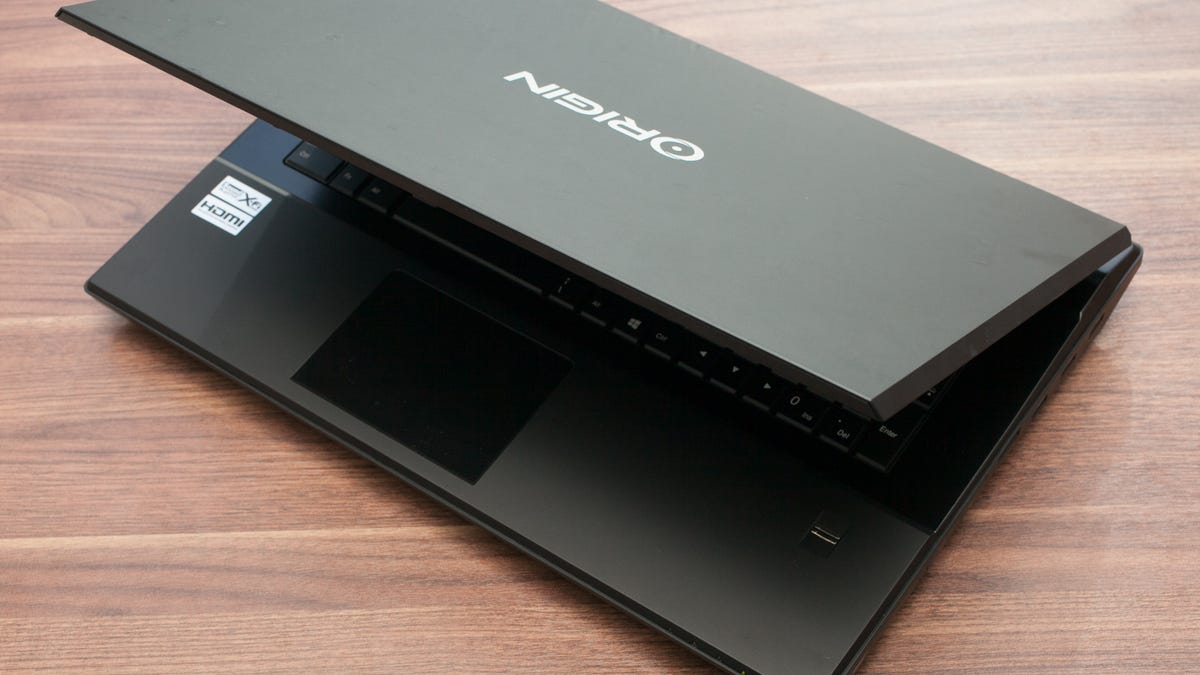What does a great Windows 8 gaming laptop need?
Five months into the Windows 8 era, and we have yet to see a must-have gaming system.

A recent question from a reader brought up an issue we've been discussing around the office recently -- the lack of
May I ask for your advice on purchasing a gaming PC? I'm considering the Alienware M14x, but the only thing holding me back is the absence of a touch screen and I can't seem to find powerful laptops with a touch screen. Do you think touch-screen laptops will soon become the standard?
It's true that the handful of serious gaming laptops we've reviewed thus far with Windows 8 have all lacked a touch screen. It's a feature that is standard for nearly every other category of laptop now, and in fact, I can't think of a Windows 8 laptop we've reviewed that arrived with even an entry-level discrete graphics card and a touch screen.
That's a real shame, because the PC gaming market is about as exciting as any time I've seen it in many years, with new games such as XCOM: Enemy Unknown and the upcoming BioShock: Infinite presenting themselves much better on PC than the current generation of dated living-room console hardware.
With touch screens so prevalent in other Windows 8 laptops, and, frankly, required to avoid navigational frustration in Microsoft's new operating system, it's rare (but not impossible) to find even a mainstream laptop that offers GPU options.
Clicking around the various PC makers' Web sites, some reasonable user-configurable options I've found include a Dell Inspiron 15z, which can be upgraded with a Core i7 CPU and an Nvidia GeForce 630M GPU, currently discounted to $999; and a Sony Vaio E14 with a similar Core i7 plus AMD 7670M graphics for $909. Both include touch screens, but you have to hunt and peck to find the right combination of base model and available upgrades, and neither is truly a high-end gaming system.
I'd love to see something like the no-compromise Origin PC EON17-SLX upgraded with a touch screen -- the Windows 8 version we reviewed late in 2012 would have greatly benefited from it. And not necessarily because it's required by many mainstream games, but because it would make the system more useful and up-to-date for nongaming tasks.
Similarly, we're currently testing a new Lenovo IdeaPad Y500 laptop, which includes an Nvidia GeForce 650M, Intel Core i7 CPU, 16GB RAM, backlit keyboard, and a clever swappable bay for accessories. So far, it's a laptop I like a lot, but the lack of a touch screen keeps it from being a system one can recommend for both gaming and everyday Windows 8 use.
The answer may come from something like the Razer Edge, a Windows 8 gaming laptop/tablet hybrid. The hardware is expected to ship soon, but the system is more tablet than laptop. Plus, the expected battery life is short, and the small screen won't satisfy gamers looking for a full-time rig.
I have no doubt the next generation of most of these gaming laptops will move to touch screens, if only because the Windows 8 UI is so annoying to use without one. But for now, PC gamers are literally out of luck if they're looking for a do-everything touch-screen system that also offers a no-compromise gaming experience.
In the meantime, highlighted below are the Windows 8 laptops with discrete GPUs we've reviewed thus far in the Windows 8 era.
Asus Zenbook UX51Vz-DH71
Asus didn't skimp on performance components, forgoing integrated graphics for a discrete 2GB Nvidia card, but those who need extremely long battery life or a touch screen, or who are looking for a full-on gaming rig, will want to invest in another system.
Read the full review of the Asus Zenbook UX51Vz-DH71.
Origin PC EON17-SLX
No one puts together custom high-end gaming laptops, including this desktop-busting 17-inch EON17-SLX, better than Origin PC, but the generic-looking off-the-shelf body isn't becoming of a $4,000 laptop, and Windows 8 feels odd without a touch screen.
Read the full review of the Origin PC EON17-SLX.
Sony Vaio E17
If you want a reasonably priced desktop-replacement big-screen laptop with AMD graphics, the Vaio E17 is worth a look. But it's not a good Windows 8 showcase machine, as it lacks any touch interface other than a small touch pad.
Read the full review of the Sony Vaio E17.
Toshiba Qosmio X875
One of the only 17-inch gaming laptops spotted at CES 2013, the Toshiba Qosmio X875 already stands out from the slim ultrabooks and convertibles we've seen, but lacks a touch screen.
Read the full review of the Toshiba Qosmio X875.
Looking for specs and pricing? Compare these laptops head-to-head.

